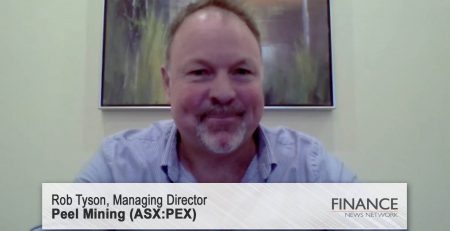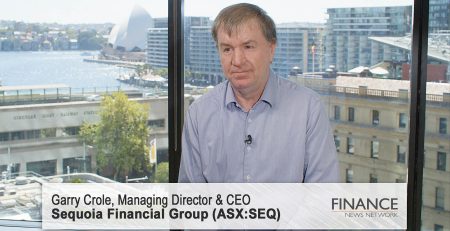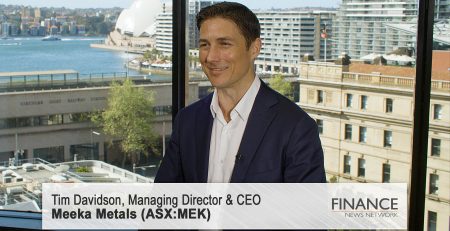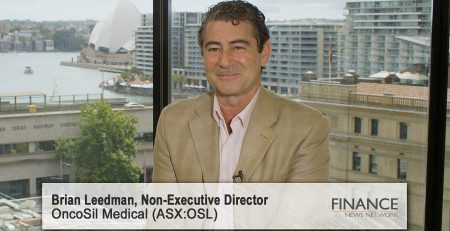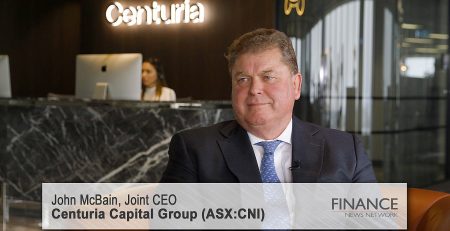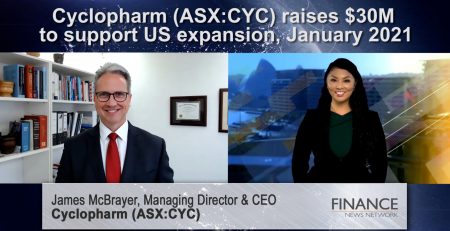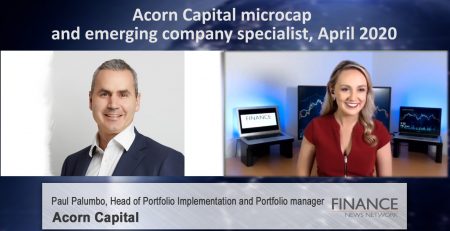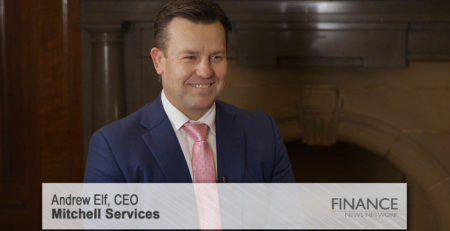Market update with Shaw and Partners, February 2023
Shaw and Partners Chief Investment Officer Martin Crabb discusses financial conditions, the outlook for growth, central bank monetary policy, and what this means for portfolio construction.
Martin Crabb: On behalf of Shaw and Partners, welcome everyone along. Today I'm going to do the impossible — we'll try to do the impossible — which is to make sense of investment markets in less than 10 minutes. So, just to sort of use a relatively simple framework for looking at markets, we look at three key variables, one being financial conditions, secondly being the outlook for growth, and thirdly being central bank monetary policy setting. So, through most of 2022, we were quite cautious on markets because all three of those factors suggested that we were in for tough markets. So, when conditions, financial conditions are tightening, ie when it's harder to get money and it's more expensive to get money, equity markets don't do well. When the growth outlook is deteriorating, similar kind of thing. And when central banks are putting up rates, you've heard the phrase — "Don't fight the Fed" — markets also struggle.
So, that was definitely the case through 2022. And obviously in some markets like the NASDAQ and so forth, 2022 was a very difficult year. So, turning the corner into 2023 and we're almost through February already — it's hard to believe — you know, things have changed, and the material change is obviously China. So, on 7 December last year, the Communist party relaxed the zero COVID policy. And we saw quite recently with Golden Week that a similar number of people travelled during Golden Week as did pre-COVID. So certainly letting it rip in China. And obviously as not the world's biggest economy, but the world's biggest growth engine, that changes the outlook for growth quite materially.
We haven't quite seen forward-leading indicators of growth start to pick up, but we have started to see manufacturing activity start to turn around. So, the last PMI data that was out saw an improvement in manufacturing activity for the first time in probably two years. China's been declining manufacturing activity for 24 months. So, we are just starting to see the early signs of that starting to base out. We're not quite in positive territory yet, and there's still some water to go under the bridge with the economy, but we are seeing that improve.
Financial conditions have loosened quite significantly since October, November last year. And some of the key indicators are things like credit spreads on corporate borrowing. So, high-yield credit spreads at one stage last year were 6 per cent. They've now come to down to 4 per cent. And that's kind of more in line with longer-term averages. So, the market is becoming less concerned about depression or really bad recession. And obviously with China re-entering the global economy, that outlook's improved, and a feeling that maybe some of the cost pressures are starting to wane. So, we have seen an improvement in financial conditions, which is really, really important.
The other thing we've seen is we've seen mortgage rates, particularly in the US, also come down. So, Americans typically borrow 30-year fixed rate money. Obviously, Aussies, we are mostly floating rate, but in the US that 30-year fixed rate mortgage rate has come down from over 7 per cent last year to currently around 6 per cent. So, again, even though the Fed is tightening rates, we are seeing financial conditions more broadly starting to loosen, and that's really good for equity markets as well.
The final piece of the jigsaw puzzle is central banks, and we've had the pleasure of listening to our own Governor Lowe before parliament twice this week. And obviously we've had recent decisions by the RBA and the US Federal Reserve on interest rates. It does seem that interest rates are heading higher. The current consensus is for 4.1 per cent cash rates in Australia, so three more hikes, and probably a similar number of hikes in the US, taking their cash rate closer to 5.25.
So there's still a little bit of water to go under the bridge in terms of interest rates, but the market is now starting to think about a situation where rates have peaked. So, markets are forward-looking, discounting mechanisms, and my best guess is that the market looks out about 18 months ahead. So, yes, we can see conditions becoming tougher in Australia and around the global economy in the next six to nine months, because of the impact of higher interest rates. To some extent that's already priced into markets. This has been the most discussed and predicted recession that I can remember. And so a lot of weaker economic outcome is priced into stocks. Stocks aren't trading at 25 times, they're trading at 15, 14 times. So, there's been a lot of discounting going on.
What is not being discounted is a potential improvement in economic conditions going into 2024, which may see central banks starting to ease monetary policy. We may see growth starting to rebound from lower levels. And we may see those financial conditions starting to loosen off, so that it's not 6 per cent to get a US mortgage, it's more like 5 or even 4. Now if those conditions play out, then the market's obviously going to look a lot better than it does today.
So, just in terms of our sort of thinking about markets and where we're telling clients to position portfolios, as I said, we spent most of last year being quite cautious because those parameters were unfavourable. We're not quite off to the races yet. We're not taking a really overweight stance to equity markets, but we are advising clients to be fully invested. So, whatever your long-term policy suggests you should be, that's kind of where we're at. So we've moved from an underweight equities position in our model portfolios, our balanced portfolios, to a neutral, and we're taking off some of the more defensive positions that we had in portfolios.
We are less concerned about inflation. So, we did have last year quite a lot of inflation hedges in the portfolio. So, things like energy and stocks with pricing power. We still see a place for those in portfolios, but probably not as great. And we're starting to lean more cyclically. So, we're thinking about, again, we're looking at 18 months to 2 years forward. We're not looking at this year. We're looking at sort of '24, '25, because that's what the market's going to continue to focus on. So, we're taking a more constructive stance in portfolios, but still maintaining some inflationary hedges.
So, we think the situation… You know, economically, you may see headlines pointing about how tough the economy is, but I think what investors need to focus on is that further out. So, will we start to see better economic conditions in 2024 and '25? And if we can see that, then we can start to be a bit more confident to put some more money to work.
So, I might wind it up there, Tim, and just hand back to you and the other great speakers that we have today.
Ends
Copyright 2023 – Finance News Network
Source: Finance News Network


